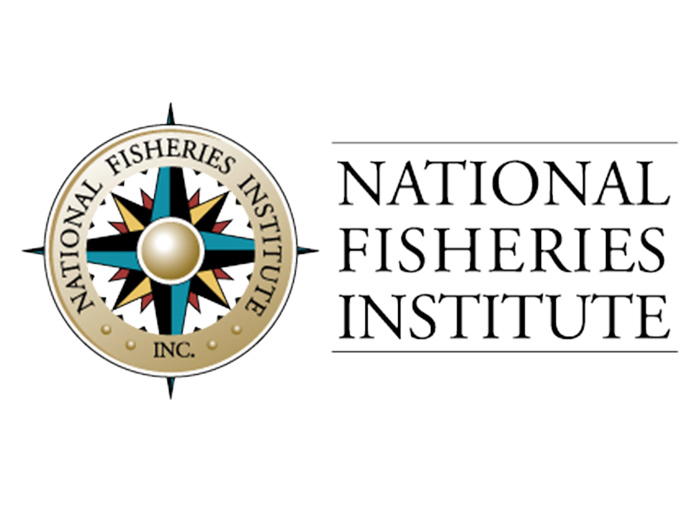NFI’s Robert DeHaan Testifies Before International Trade Commission
July 25, 2022 | 2 min to read

Washington, D.C. — The U.S. International Trade Commission is investigating the economic impact of Section 301 tariffs on U.S. industries. Since 2018, the National Fisheries Institute (NFI) has argued that the tariffs placed on seafood products have increased costs for U.S. seafood processors, punished American seafood harvesters utilizing China processing for U.S.-bound products and robbed U.S. exporters of competitive access to the world’s largest seafood market.
In today’s testimony, Robert DeHaan, NFI’s Vice President for Government Affairs and a U.S. Trade Representative (USTR) Trade Advisor for Animal Products, said, “The Section 301 duty on inbound seafood items has raised costs for U.S. seafood importers and processors, making their products and workers less competitive and less affordable, and forcing them and their customers to shoulder a massive tax increase. Even incorporating the value of applicable tariff exclusions, NFI estimates that U.S. seafood companies – overwhelmingly small businesses – have paid about $700 million in Section 301 duties since the List 3 tariff took effect.”
DeHaan noted, “China responded to USTR actions with tariffs of its own, aimed at U.S. goods exports. Starting in summer 2018, this retaliation targeted fish. In quick succession, the PRC assessed 10 and then 25 percent tariffs against U.S.-harvested salmon, lobster, Alaska pollock, cod, halibut, sole, whiting, crab, oysters, and a dozen other species. The results were predictable. The China market, which in 2017 accounted for more than one-fourth of all U.S. seafood exports – has eroded in value by over a half billion dollars and counting.”
“The price impacts of Section 301 duties on China products are highly regressive, making it harder for low- and middle-income American families to access seafood in the freezer aisle at retail, and in quick service and fast-casual restaurants. Piling tariffs on top of record food inflation may finally place the affected items out of reach of these families.”
